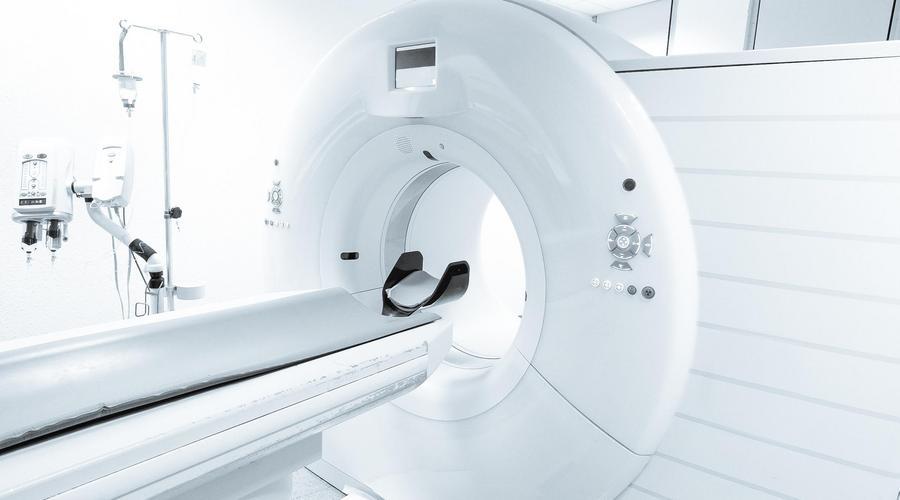Pricing challenges for UK life sciences sector
The UK life sciences sector is grappling with significant pricing pressures, primarily driven by high medicine repayment rates. The Voluntary Scheme for Branded Medicines Pricing, Access and Growth (VPAS) and the Statutory Scheme require pharmaceutical companies to return a substantial proportion of their NHS sales revenue to the government, a practice viewed as unsustainable and out of step with international benchmarks. Current and proposed payment rates, which range from 25% to 33% of revenue from branded medicines sold to the NHS, are, according to industry groups, undermining investment and competitiveness, and stifling sector growth.
In comparison, payment rates in other major European markets are considerably lower, with France at 5.7%, Germany at 7%, and Italy at 6.8%. This disparity may make the UK less attractive for investment and research, with high payment rates and unpredictable clawbacks under VPAS deterring investment in research and development (R&D), potentially delaying patient access to new medicines. The volatility of VPAS payment rates creates uncertainty where long-term investment planning is required. The pricing challenges threaten to undermine the government’s ambition to position life sciences as a cornerstone of the UK’s industrial strategy.
European Life Sciences strategy
The European Commission has published a new strategy for life sciences, detailed in the communication "Choose Europe for Life Sciences: A Strategy to Position the EU as the World’s Most Attractive Place for Life Sciences by 2030." The strategy aims to address challenges across the European life sciences value chain, from research and development to market access and patient care. An associated investment plan will fund multi-country clinical trials and support research and innovation across the sector.
The strategy also aligns with the proposed EU Biotech Act, scheduled for 2026, which seeks to create a more innovation-friendly regulatory framework by streamlining approval processes for medicines and medical devices. Furthermore, a matchmaking platform will link start-ups, industry, and investors to accelerate the translation of research into marketable products. The Commission also plans to enhance public trust and acceptance of new technologies through targeted communication and education initiatives.
US tariff threat to big pharma
President Donald Trump has announced plans to send letters to over 150 countries, outlining the introduction of a series of tariffs set to take effect from 1 August. These will include duties on pharmaceutical imports. "We're just going to send a notice of payment out, and the notice of payment is going to say what the tariff rate will be," Trump said. Analysts were understandably keen to hear from companies who will be potentially affected by this. According to Fierce Pharma, executives at Johnson & Johnson (J&J) are focusing on the positive. The company’s CEO Joaquin Duato stated: “It's hard to know what is going to happen ultimately with tariffs, but what we do know for sure is that the tax policies that just passed are already creating American jobs and driving innovation...our goal is to be able to manufacture in the U.S. all the medicines that are consumed in the U.S. at the completion of that plan, and we are on our way of being able to do that”.
Several pharmaceutical companies have already made announcements for investment into manufacturing facilities in the US. Eli Lilly has confirmed it will be investing an extra $27bn into US-based sites, with Sanofi having made similar moves to onshore manufacturing in the country. According to the CEO of Novartis, Vas Narasimhan, M.D. "We have adequate inventory in the U.S. for this year, and we feel fully confident that for this year, any new tariffs would not impact our guidance," he confirmed to journalists. "Given enough time, we should be able to get there and avoid significant impacts from tariffs," he added.
Microsoft AI diagnostic tool
Microsoft has unveiled the Microsoft AI Diagnostic Orchestrator (MAI-DxO), an advanced artificial intelligence (AI) tool designed to improve medical diagnostics by replicating the collaborative approach of a team of expert physicians. Unlike traditional AI models that provide a single response, MAI-DxO evaluates symptoms, asks follow-up questions, orders tests strategically, and reassesses findings before offering a diagnosis.
According to Microsoft, initial findings indicate that the tool can correctly diagnose up to 85% of complex medical cases, significantly outperforming experienced physicians. It has been benchmarked against challenging cases from the New England Journal of Medicine, demonstrating its potential utility in real-world scenarios. However, David Sontag, an MIT scientist and cofounder of Layer Health, has noted that the study required doctors to work without additional diagnostic tools, which may not reflect real-life practices. Microsoft has acknowledged that the tool is not yet ready for clinical use, with further testing needed to evaluate its performance on more common symptoms.
Psychedelic nasal spray clears phase II study
Advancements in technology and a deeper understanding of mental illness are driving innovation in mental health treatment. One recent example, is Beckley Psytech’s investigational intranasal psychedelic, BPL-003, which has shown promising results in significantly alleviating depressive symptoms in patients with treatment-resistant depression. This progress could pave the way for late-stage clinical trials.
Jefferies analysts have expressed optimism about BPL-003 following positive Phase 2b study results, which demonstrated "rapid and durable effects from a single dose," with statistically significant reductions in depressive symptoms by Week 4 and sustained efficacy through Week 8. The FDA has shown support for psychedelics, and BPL-003 has an Investigational New Drug (IND) application and a composition-of-matter patent, which could make its regulatory path smoother.
Streamlining technology adoption in the NHS
A new ‘Innovator Passport’ will be introduced within the next two years, enabling new technologies that have undergone robust assessment by one NHS organisation to be more easily adopted across others. This initiative forms part of the government’s Plan for Change and 10-Year Health Plan, aimed at empowering patients. By reducing bureaucracy, the passport will simplify collaboration with the NHS, allowing businesses to begin operations more swiftly following a comprehensive ‘one-stop shop’ assessment by the NHS.
The Innovator Passport is expected to accelerate access to more effective treatments and support for NHS patients. It will also eliminate the need for multiple compliance assessments, reducing duplication across the health service. Delivery will be facilitated via MedTech Compass, a digital platform developed by the Department of Health and Social Care to drive the adoption of medical technologies within the NHS. The platform will serve as a dynamic buyer’s guide, enabling trusts to compare products side-by-side in a single location.
70,000 new jobs required for UK life sciences
The UK life sciences sector will require up to 70,000 new jobs over the next decade to realise its potential in driving economic growth, according to a report published recently. The Futures Group’s report "Life Sciences 2035: Developing the Skills for Future Growth" also estimates that an additional 75,000 employees will be needed to replace those leaving the workforce during the same period, bringing total workforce demand to 145,000 skilled employees by 2035.
To address this demand, the report recommends increased investment in education and training, the promotion of lifelong learning, and the development of more inclusive workplaces to attract and retain a diverse talent pool. The government has identified life sciences as a key sector for economic growth and is expected to release a sector-specific plan in the coming months, ahead of a full industrial strategy later this year. The life sciences sector is one of the UK’s most highly skilled industries, with 70% of its workforce holding a degree or equivalent qualification, which is almost double the national average.
Further reading






